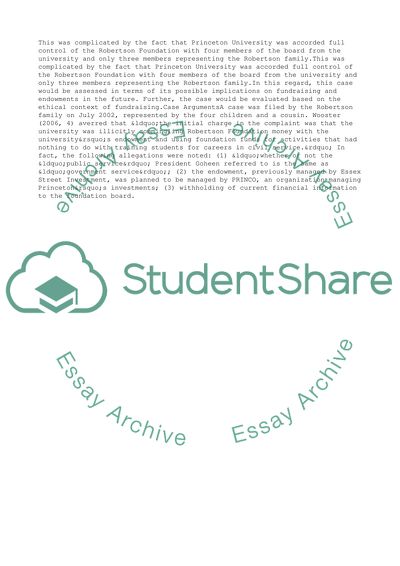Cite this document
(“The Robertson Foundation Case: An Analysis Essay”, n.d.)
The Robertson Foundation Case: An Analysis Essay. Retrieved from https://studentshare.org/business/1557629-robertson-foundation-paper
The Robertson Foundation Case: An Analysis Essay. Retrieved from https://studentshare.org/business/1557629-robertson-foundation-paper
(The Robertson Foundation Case: An Analysis Essay)
The Robertson Foundation Case: An Analysis Essay. https://studentshare.org/business/1557629-robertson-foundation-paper.
The Robertson Foundation Case: An Analysis Essay. https://studentshare.org/business/1557629-robertson-foundation-paper.
“The Robertson Foundation Case: An Analysis Essay”, n.d. https://studentshare.org/business/1557629-robertson-foundation-paper.


